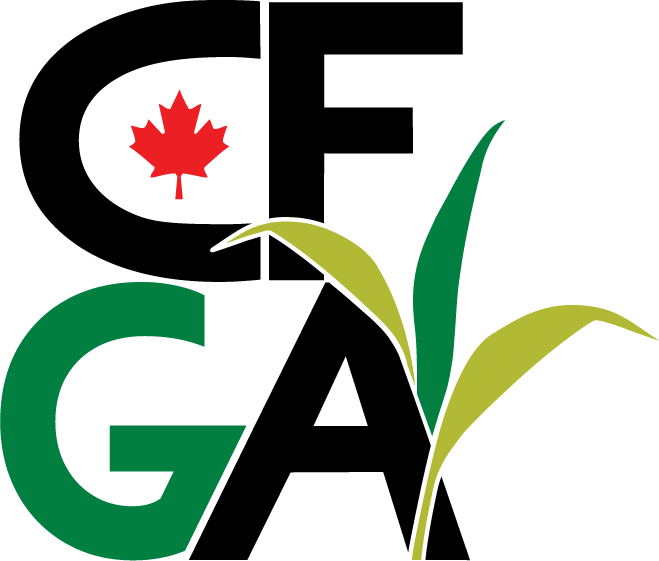During this session a panel discussing the natural capital of Canadian grasslands. The panel consisted of:
- Carolyn Seburn
- Jamie Hewitt
- Sylvestre Delmotte
- Jacques Nault
- Denise Chang
- Karen Haugen-Kozyra
- Moderator: Cedric
Carolyn Seburn works with the Canadian Wildlife Service (CWS) filling roles related to the recovery of species at risk, including developing policies and guidance, managing recovery planning, tracking and reporting on recovery and leading the consultation and co-operation community of practice. She currently manages the Priority Sectors Initiative, including the Agriculture Sector.
Jamie Hewitt works as Senior Policy Analyst for Agriculture and Agri-Food Canada.
Sylvestre Delmotte is an agronomist. He has worked as a consultant in agri-environment. He works mainly on projects related to the fight against climate change and innovation for sustainable agriculture.
Jacques Nault is founder and vice-president of Logiag, a consulting firm serving farmers and offering services in nutrient management plans (NMP), soil conservation and soil erosion control and drainage. Logiag also develops software systems, mostly for its own use, to support the field work of its agronomists and for other groups and organizations in agriculture. His current focus is the development and marketing of a climate-transition service for farmers where greenhouse gas (GHG) emissions and soil organic carbon are evaluated and regenerative practices are identified.
Denise Chang-Yen is the development manager with Nature Based Solutions (NBS) at Shell. She is part of Shell’s global team that is focused on identifying, developing and investing in projects that protect, enhance and restore natural ecosystems. Denise is an engineer by training with extensive experience in energy, sustainable development, climate change and carbon markets. She has held a variety of leadership and business development roles related to renewable energy, carbon markets and sustainable development at Shell. In these roles, she has integrated commercial, technical, environmental and social perspectives in business decision making.
Karen Haugen-Kozyra has led ecosystem goods and services policy and program development, and building tools and infrastructure for environmental assets, most concretely in carbon credit trading. Over the course of her career, Karen has provided strategic policy and program development input to Alberta’s Bioenergy Framework, National Greenhouse Gas/Climate Change Policy, Nutrient Management Programming, Environmental Farm Plan, BMP Manuals and Agricultural Policy Frameworks, including Growing Forward two Environmental programs. To support these initiatives, Karen has co-ordinated research and studies of environmental mitigation opportunities for agriculture in air, water, soil and biodiversity. Karen and her firm help companies navigate the nexus between lowering their carbon footprint and developing an overall sustainability strategy.
What is the adaptability of current cropping systems? For example, tracking alfalfa’s critical harvest periods?
(Sylvestre) Climate change is progressive. Do we have enough info on the impact? I’m not sure even though much research is being done the producers mention too.
(Jamie) This is an area of active investigation, we’re still learning much and the level of confidence and precision to pass on to extension staff/farms is still lacking. Because of this it must be regional and localized.
How can we fix CO2 in soil? Can we increase SOC without harming crops?
We see low diversity crops decrease in fertility, but we may see annual profitability increase due to warmer temperatures.
(Jacques) We are a long way from having too much SOC. We actually really need SOC and SOM. This can be done through diversity of crops, crop rotation with forage and perennial crops.
(Karen) In many cases nitrogen (N) is a currency of carbon (C) sequestration. Fertilizers use optimization, cover crops, etc. Need N currency.
How can we maximize resiliency?
(Jacques) If you look back, cycling on farms was a much better closed loop. We were concerned with farm simplification and over fertilization. We need to manage nutrient needs without creating loading.
How do we bring habitat and biodiversity factors in to help maintain grasslands, working with Environment and Climate Change Canada (ECCC)?
(Carolyn) We see co-benefits going both ways in grasslands. They’re strongest in native pasture, and some in new pasture. There are less opportunities in crop lands for co-benefits and limited habitat. The goal is to integrate cropping systems with habitat in mind and find balance to set up a system that is advantageous for crops and native prairie.
How do we parse out individual vs organizations path forwards?
(Jamie) There is not one answer. Maturing brings in evaluations that stack opportunities. We need to do better with extension. Living Labs is looking for win-win and the best ways to communicate, how to best align sustainable source initiatives that are already out there.
How do growers and industry groups work together?
(Denise) Historically, this isn’t an area we’d be involved with. There is a lack of availability of protocols and how to implement these things, which never could be done before a pilot study.
What is acceptable/palatable for landowners to participate? How can it be integrated into what’s already happening?
Maybe odd as a buyer, but this is a new edge, we’re helping to progress the maturity, build out the system that creates the opportunity.
How do growers work with Non-governmental organization (NGO)/corporate communities?
(Karen) Corporate food companies have targets that are aggressive to their histories. They don’t want to be involved in offsets. They want to work within their own food chain. Corporates are working together to look at their commodity chain and looking towards farmer solutions. They are looking at carbon sequestration and nitrogen cycling together in cropping systems.
Back to Most Popular



Leave a Comment